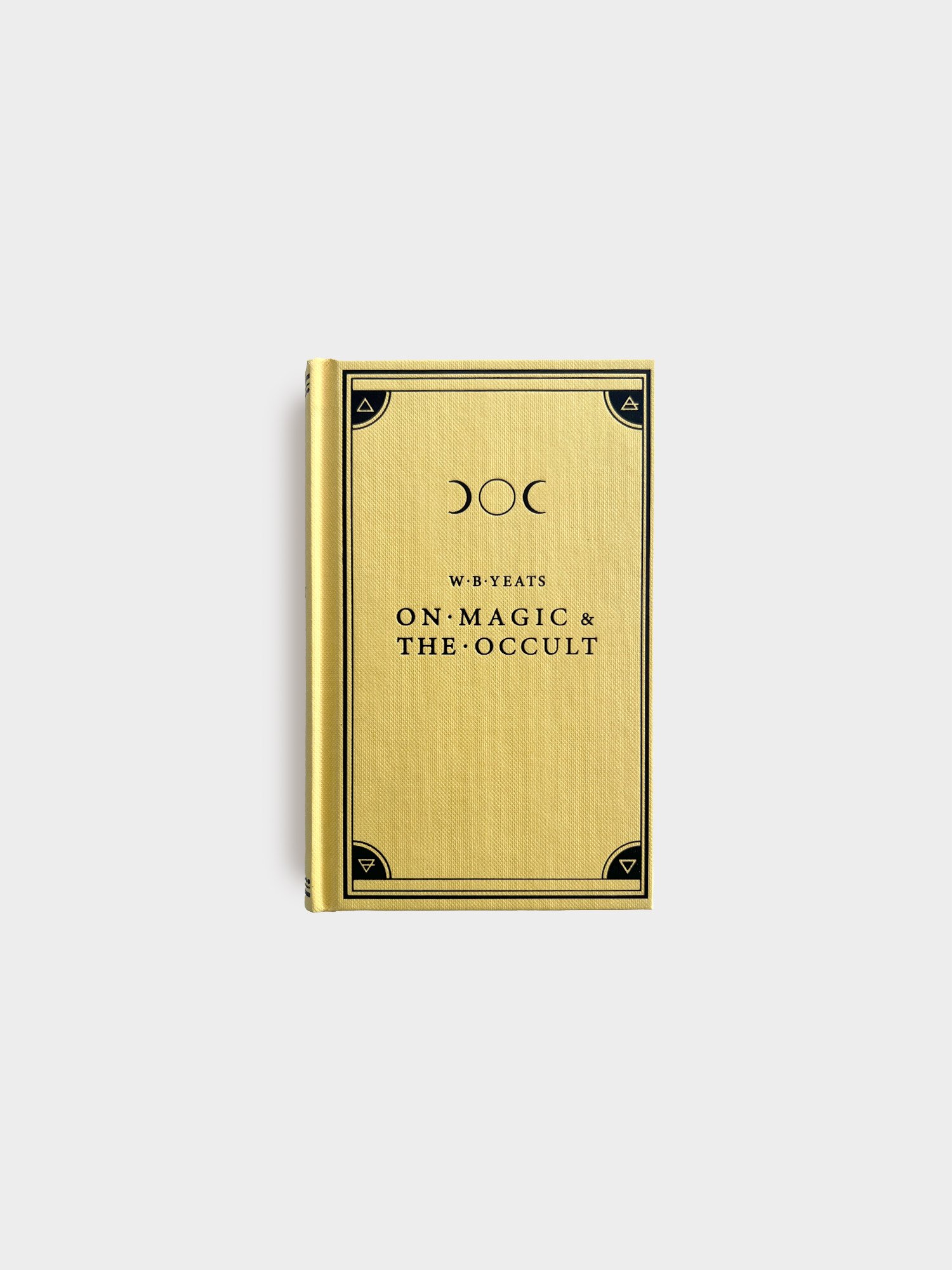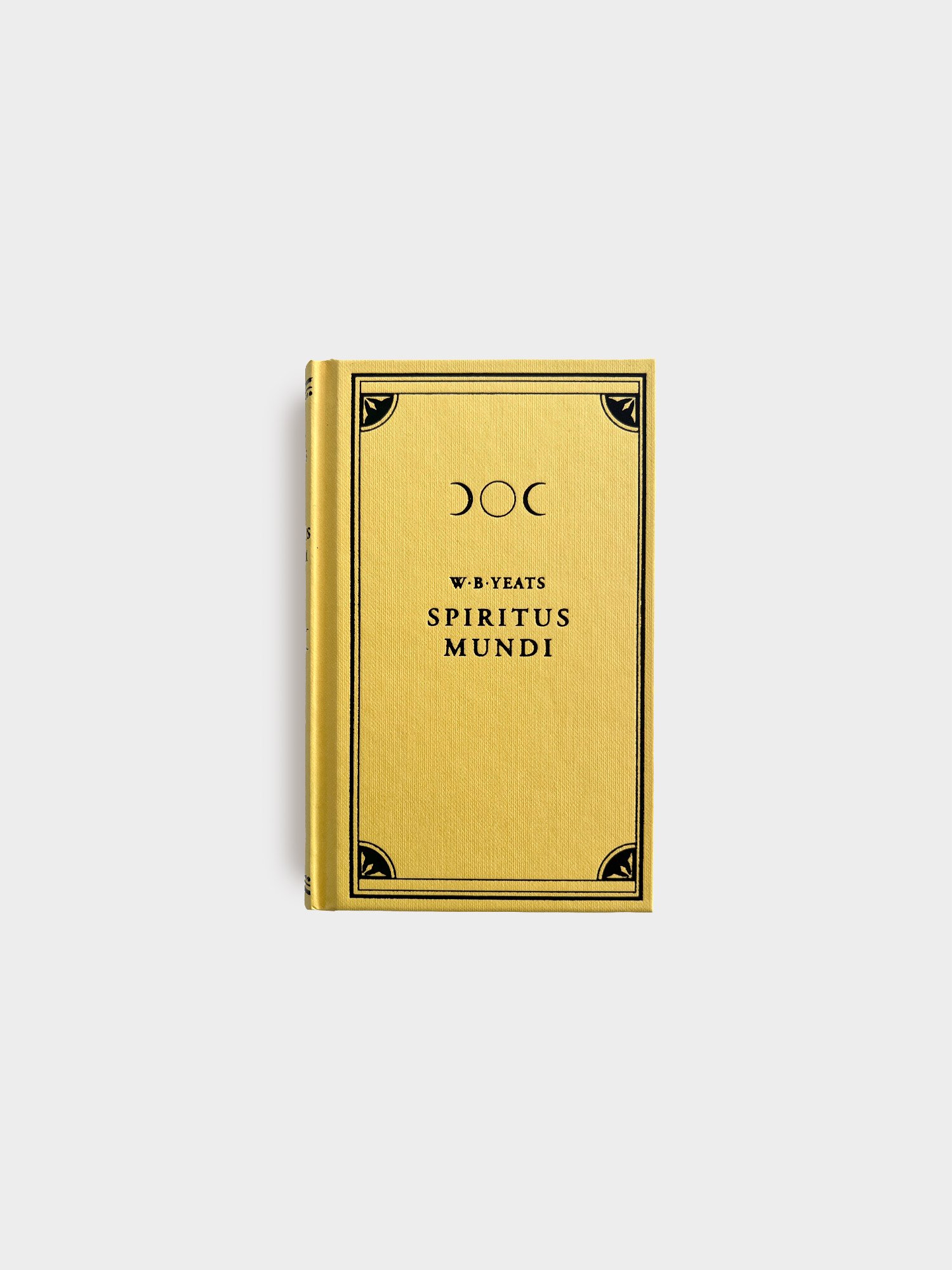-
Black Letter Press
2nd edition
About the Publisher
Black Letter Press is a small independent publisher located close to Hannover in Northern Germany, founded by Alice and Claudio Rocchetti in 2018 in Turin, with the publication of Giambattista della Porta's Natural Magick.
BLP specializes in the revival of rare and antique books on a broad range of topics, including the sciences and history of science, poetry, occult philosophy, art, curious and unusual literature, and more.
Our mission is to do these historical texts justice, publishing books that are fine and beautiful, yet remaining affordable and accessible.
Description
A Vision is the philosophical heart of all W.B. Yeats’ work during the 1920s and 1930s, lending theme and structure to Michael Robartes and the Dancer, The Tower, and The Winding Stair and Other Poems. Its introduction tells the story of how characters from his earlier occult fiction - Michael Robartes, Owen Aherne - discover an ancient method for reckoning human identity and destiny according to the phases of the Moon. Yeats then expounds this philosophy, largely through his commentary on a succession of enigmatic figures and diagrams.
As Yeats admits in the 1937 edition, he span this legend to conceal the truth. In fact, the philosophy is drawn from the trance mediumship and automatic writings of his wife, Georgie Hyde-Lees between 1917 and the first publication of A Vision in 1925.
A Vision is in many respects comparable to that other 20th-century work of visionary poetic myth, The White Goddess; like Robert Graves, Yeats is allowing his pen to be guided as much as he is struggling to make sense of the revelation.
We hope our new edition of the 1937 version will bring this extraordinary text to a wider audience.






